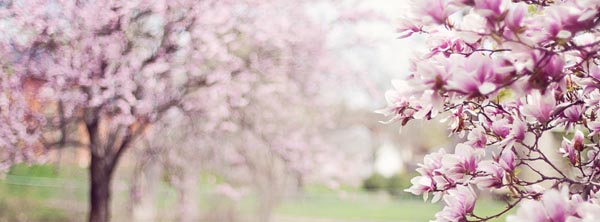Would you like to grow gardenias in Arizona? A lot of people love the plant but seem to struggle in our uniquely hot and arid environment. This post will give you insight into how to do it.
Choosing Gardenia | Plant Location | Soil Prep
Watering | When To Plant
Gardenia shrubs are hugely popular with gardeners because of their wonderfully fragrant flowers and glossy, bright, evergreen foliage which is attractive all year long. The gardenia is a heat loving shrub and will grow very well when planted and cared for properly. Growing gardenias in Arizona is one of the more successful landscaping shrubs you can choose. It takes preparation and choosing the right place in your landscape to put the gardenia and knowing how to care for it.
Choosing The Right Gardenia
The gardenia can play different roles in your garden and landscape. They grow to different widths and heights, so considering what role your want it to play will help you with choosing the right gardenia for your yard. All gardenias feature the wonderful fragrant flowers, however there can be differences between when they will bloom and how big their mature size will be.
If you want the gardenia to be the crowning jewel of your flora you will need to plan plenty of room for a larger variant to stretch out and grow. Some varieties of gardenia only mature to be a low, tidy plant that is well used to edge a flower bed or walkway. The Everblooming Gardenia only matures to 4 feet high and can be a wonderful boarder or walkway plant. In contrast the Cape Jasimine Gardenia can grow to a massive 8 feet wide, and just as tall.
The Right Shrub In the Right Zone
Plants are divided into the geographical zones that they grow best in. This is usually printed on the plant label or container. If you are unsure of either the zone you live in, or what zone a particular plant grows in, as your nursery professional.
Arizona is a large state that covers a few different zones based on geography and topography. Knowing your zone will help you choose the right types for your garden. Most gardenias grow well in zone 9, which covers a large portion of Southern Arizona. Northern Arizona includes zones 8, 7, 6, and in very small areas zone 5. Choose plants that are rated for your area and you will see greater success.
Some professional landscapers or passionate gardeners choose a variety of gardenias that have different bloom times. This means that there are more days per year where the landscape will have that wonderful aroma. When done properly, you can have blooming gardenia all the way from May through August.
Choosing The Right Place To Plant
Even when you have chosen the right shrub for your zone, where your plant it in your landscape can affect how it will grow. There are three main considerations for choosing the right place to plant your gardenia. These are which zone you are in, the soil quality, controlling moisture content, and how much light the plant will receive.
Knowing The Soil
The pH balance of the soil is particularly important for the successful growing of the gardenia. You will want the pH to be between 5.0 and 6.5. This is considered a slight acidic soil which might not be compatible with other plants in your landscape, or be naturally present in your native soil. Soil testing kits should be used in preparation for the planting of gardenias to measure the pH of the soil and to know if or how much adjustment needs to be done. If your pH is too high you can add sulfur to your soil. There are different types of sulfur available at local nurseries. Soil pH should be done months in advance if possible. If the soil is excessively sandy or filled with clay deposits you will want to amend the soil with plenty of organic compost. Be sure to test the soil where you going to plant your gardenia, since the quality of soil varies throughout your yard, especially near the foundation of homes.
Knowing The Moisture
Well draining soil and consistent watering is absolutely necessary for the gardenia. These are not drought tolerant shrubs and will not happily wait for the next monsoon season for their water. Soaking the soil isn’t an option either; soggy roots can cause serious problems with gardenias. The compost you add to the soil will help retain the water needed while allowing the rest of the water to drain away.
Setting up soaking hoses around the gardenias that are on timers will help take the guess work out of keeping track of watering the gardenia. This means one inch of water per week. Clearly Arizona doesn’t always get that from rain, so be prepared to make sure they get just what they need, and don’t overwater.
Knowing The Daily Light
While the gardenia thrives in heat and light in Arizona full sun all day isn’t a good idea. It is best to protect the gardenia from the intense heat and afternoon direct sunlight. This means choosing sites that are on the north or east facing exposures. That will help get the morning light while only allowing some midday sunlight and be protected for the afternoon.
When To Plant The Gardenia
The best time to plant the gardenia is when temperatures are moderate. This means in the fall or spring. When planting in higher elevations or Northern Arizona it is best to plant the gardenia in the spring so the root system will be developed before the fall and colder days.
Gardenias like to be planted a little high compared to the surface of your soil. This means digging a hole as wide and deep as the root ball. However make sure you firmly pack in around 4 inches of soil at the bottom of the hole before you place the plant in the ground. Place the soil from the hole you dug back in around the root ball and cover the section that stands above the soil. Complete the planting by adding a layer of mulch compost. Make sure that it isn’t placed touching the stem of your gardenia. Apply the mulch every year to help prevent harsh temperatures or weeds from affecting your gardenia.
Gardenia Nurseries In The East Phoenix Valley
A&P Nursery has 4 locations that can help you with all of your gardening needs. From the large yard to small urban farming type set ups we have the plants, the tools, the knowledge to help get you going and keep your gardening thriving!
A & P Nursery
40370 N. Gantzel Rd.
Queen Creek, AZ 85240
480-655-5789
A & P Nursery
2645 W. Baseline Rd.
Mesa, Arizona 85202
480-839-5362
A & P Nursery
6129 E. Brown Rd.
Mesa, Arizona 85205
480-396-8800
A & P Nursery &
Lawnmower Shop
2601 E. Baseline Rd.
Gilbert, Arizona 85234
480-892-7939
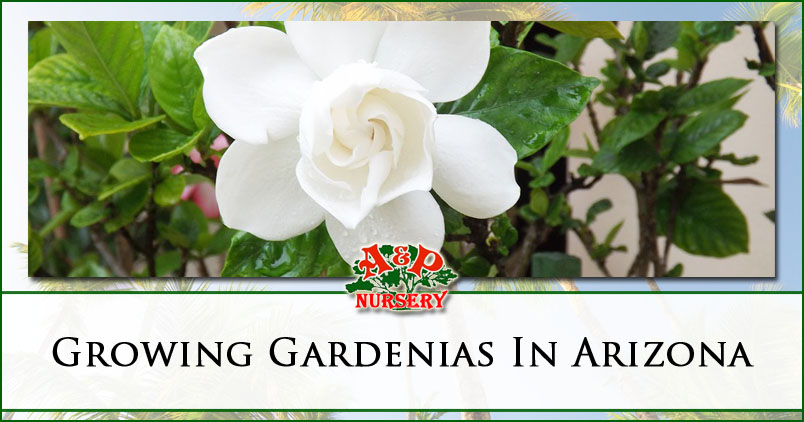
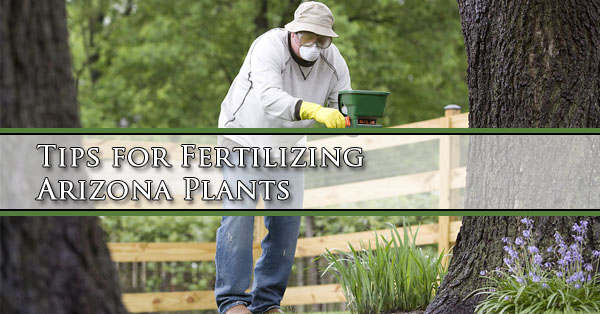
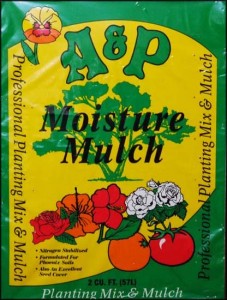 A&P Moisture Mulch
A&P Moisture Mulch Bedding Plant Food
Bedding Plant Food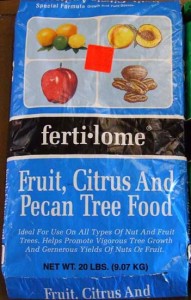 Fruit, Citrus and Pecan Tree Food
Fruit, Citrus and Pecan Tree Food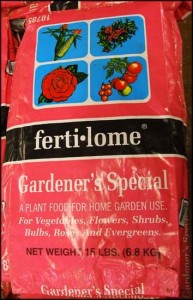 Gardener’s Special
Gardener’s Special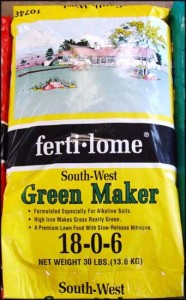 Green Maker
Green Maker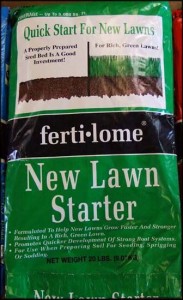 New Lawn Starter
New Lawn Starter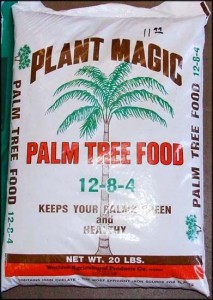 Palm Tree Food
Palm Tree Food Root Stimulator
Root Stimulator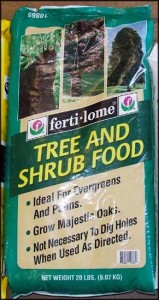 Tree & Shrub Food
Tree & Shrub Food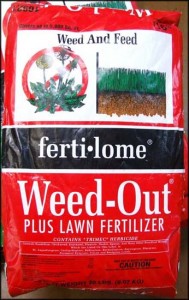 Weed-Out Lawn Fertilizer
Weed-Out Lawn Fertilizer

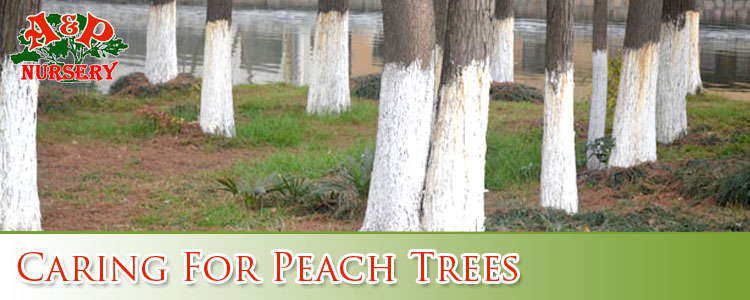
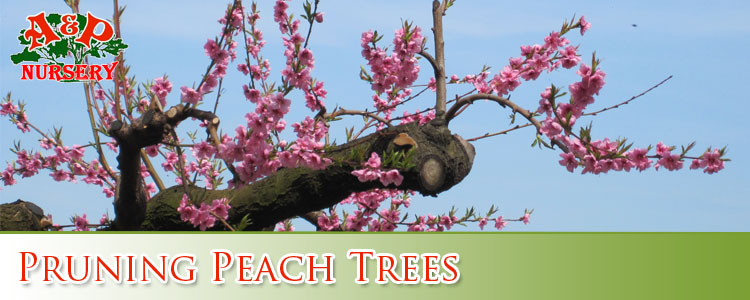
















 What does it take to vegetable garden in Arizona? – Gardening in Arizona can present unique challenges whether you are growing a garden for aesthetic purposes or one that produces vegetables and fruits. The intense desert climate in Arizona only lends itself to certain plant species that can flourish in the unique and dry climate. This article is going to focus on vegetable bearing gardens and how to maximize their potential if you happen to live in the desert Southwest.
What does it take to vegetable garden in Arizona? – Gardening in Arizona can present unique challenges whether you are growing a garden for aesthetic purposes or one that produces vegetables and fruits. The intense desert climate in Arizona only lends itself to certain plant species that can flourish in the unique and dry climate. This article is going to focus on vegetable bearing gardens and how to maximize their potential if you happen to live in the desert Southwest. What’s the best location for my vegetable garden in Arizona? – The first factors you need to consider are going to be the basics that will apply to gardening no matter where you are located on the planet; soil quality, water, sun exposure, timing. Making sure you have an adequate plan and location that will fully facilitate your garden’s anticipated needs is going to have the most influence on the potential success of your garden and the extent that the success can be maximized. Scout your property and pay close attention to the lay of the land and its surroundings. If you can’t find a plot with enough sun exposure, you may need to plant or remove a tree or two and also place or remove any objects you may want that can assist in the proper amount of sunlight reaching the hungry plants in your garden. Vegetables need at least 6 hours of sunlight; they also need adequate time in the shade as the AZ sun can be quite harsh on overexposed plants.
What’s the best location for my vegetable garden in Arizona? – The first factors you need to consider are going to be the basics that will apply to gardening no matter where you are located on the planet; soil quality, water, sun exposure, timing. Making sure you have an adequate plan and location that will fully facilitate your garden’s anticipated needs is going to have the most influence on the potential success of your garden and the extent that the success can be maximized. Scout your property and pay close attention to the lay of the land and its surroundings. If you can’t find a plot with enough sun exposure, you may need to plant or remove a tree or two and also place or remove any objects you may want that can assist in the proper amount of sunlight reaching the hungry plants in your garden. Vegetables need at least 6 hours of sunlight; they also need adequate time in the shade as the AZ sun can be quite harsh on overexposed plants.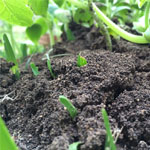 Which soil type is best for growing vegetables in Arizona? The vast majority of Mesa plants absolutely love gardening loam. Loam is a soil classification that means that the soil is a balance clay and sandy soil. This gives you the benefits of both and alleviates the drawbacks.
Which soil type is best for growing vegetables in Arizona? The vast majority of Mesa plants absolutely love gardening loam. Loam is a soil classification that means that the soil is a balance clay and sandy soil. This gives you the benefits of both and alleviates the drawbacks.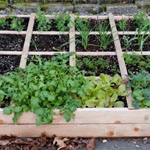 What’s the best size of vegetable garden to start with? – The size of your garden is a factor that you need to decide early on as well. Starting small is best for most people because a smaller garden is much easier to manage. Starting smaller affords you the opportunity to know how much time and effort goes into even a small amount of plants, which will let you know how big of a garden you can actually attend to adequately.
What’s the best size of vegetable garden to start with? – The size of your garden is a factor that you need to decide early on as well. Starting small is best for most people because a smaller garden is much easier to manage. Starting smaller affords you the opportunity to know how much time and effort goes into even a small amount of plants, which will let you know how big of a garden you can actually attend to adequately.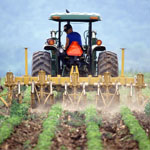 How do I prepare the ground for my Mesa vegetable garden? – Once you find the right plot for your garden you may have some work to do to properly prep it for planting. Sod may be on the plot you select and will need to be removed in order to be able to till the soil. Once you have removed the sod and tilled the soil, you can add organic compost, manure and planting soil before tilling a final time before starting the planting process.
How do I prepare the ground for my Mesa vegetable garden? – Once you find the right plot for your garden you may have some work to do to properly prep it for planting. Sod may be on the plot you select and will need to be removed in order to be able to till the soil. Once you have removed the sod and tilled the soil, you can add organic compost, manure and planting soil before tilling a final time before starting the planting process.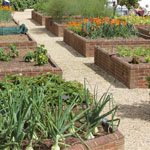 How do I control soil quality and watering better? – Another way to get started with your garden is to use
How do I control soil quality and watering better? – Another way to get started with your garden is to use  What vegetables grow best in Arizona? – The next factor to consider is which vegetable bearing plants can thrive in Arizona. The crops that are easiest to grow in AZ are green beans, herbs, peppers, sugar, snap peas, tomatoes, radishes, and carrots. Sticking to these varieties initially will not only set you up for success, it will give you valuable experience that will be much needed if you plan on branching out and growing varieties that are harder to foster in AZ. The best times of year to plant the seeds for the plants species listed above is between the months of November and March. Understand that around January frost becomes more likely and you should make sure your crops are covered so they do not become damaged or even die, due to frost exposure.
What vegetables grow best in Arizona? – The next factor to consider is which vegetable bearing plants can thrive in Arizona. The crops that are easiest to grow in AZ are green beans, herbs, peppers, sugar, snap peas, tomatoes, radishes, and carrots. Sticking to these varieties initially will not only set you up for success, it will give you valuable experience that will be much needed if you plan on branching out and growing varieties that are harder to foster in AZ. The best times of year to plant the seeds for the plants species listed above is between the months of November and March. Understand that around January frost becomes more likely and you should make sure your crops are covered so they do not become damaged or even die, due to frost exposure. Can I grow two crops of vegetables in Mesa? There is a unique advantage to growing vegetables in Arizona and that is the fact that many vegetables can have double growing seasons. The fact that you can double your yearly harvests in AZ means that you potentially grow twice as much produce and that can save you money on groceries while eating fresh produce almost year round. As your green thumb becomes established, your harvests will increase and become exponentially more plentiful. This article is about vegetables, but is should be noted that the same goes for fruit and having citrus growing year round will provide a great aroma to your property as the trees bud and bear fruit.
Can I grow two crops of vegetables in Mesa? There is a unique advantage to growing vegetables in Arizona and that is the fact that many vegetables can have double growing seasons. The fact that you can double your yearly harvests in AZ means that you potentially grow twice as much produce and that can save you money on groceries while eating fresh produce almost year round. As your green thumb becomes established, your harvests will increase and become exponentially more plentiful. This article is about vegetables, but is should be noted that the same goes for fruit and having citrus growing year round will provide a great aroma to your property as the trees bud and bear fruit.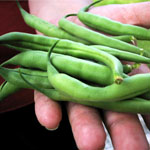 What’s the best vegetable to grow in Arizona? Green Beans are one of the best vegetables to grow in AZ. The soil in Phoenix is especially well suited to the growing of green beans. November is the recommended time of year to plant Green Bean seeds, just remember to cover the plants once frost becomes a threat. One option to avoid frost is to start the plants life indoors, moving them outside once the frost season has passed. You can also place tomato cages around your Green Bean plants in order to consolidate space in your garden. Sugar Snap peas are another vegetable that grows well in the same window. You can follow the same steps to avoid frost with Sugar Snap Peas that we mentioned using with Green Beans.
What’s the best vegetable to grow in Arizona? Green Beans are one of the best vegetables to grow in AZ. The soil in Phoenix is especially well suited to the growing of green beans. November is the recommended time of year to plant Green Bean seeds, just remember to cover the plants once frost becomes a threat. One option to avoid frost is to start the plants life indoors, moving them outside once the frost season has passed. You can also place tomato cages around your Green Bean plants in order to consolidate space in your garden. Sugar Snap peas are another vegetable that grows well in the same window. You can follow the same steps to avoid frost with Sugar Snap Peas that we mentioned using with Green Beans. Another vegetable that loves the long growing year in Arizona is Parsley. Parsley absolutely loves the Arizona climate and can thrive as much as you want it too. You may actually have to eventually limit the parsley as it can start to take over your garden. Planting in the springtime is recommended and once your plants begin to mature, you can have fresh parsley at the ready year round.
Another vegetable that loves the long growing year in Arizona is Parsley. Parsley absolutely loves the Arizona climate and can thrive as much as you want it too. You may actually have to eventually limit the parsley as it can start to take over your garden. Planting in the springtime is recommended and once your plants begin to mature, you can have fresh parsley at the ready year round. What types of seeds are best for beginners in Phoenix? For the beginner gardener it helps to have a type of seed that germinates quickly and is heartier. In Arizona, it is best to select seeds that have gestation periods of 60 days or less as they are the easiest to foster in the desert climate.
What types of seeds are best for beginners in Phoenix? For the beginner gardener it helps to have a type of seed that germinates quickly and is heartier. In Arizona, it is best to select seeds that have gestation periods of 60 days or less as they are the easiest to foster in the desert climate. What tools do I need to garden in Arizona? – Like most things in life the right tools for the job makes the job that much easier, and more fun. A good pair of gloves for the handling of prickly items, and also to offer a little protection from insects goes a long way. You’ll want a sturdy shovel for those pesky rocks and tougher soil that you might need to dig in to plant items with deeper root system, such as trees. Having a garden spade makes maintaining edges around flower beds and the preparation for installing raised garden beds much easier than using a rounded shovel edge.
What tools do I need to garden in Arizona? – Like most things in life the right tools for the job makes the job that much easier, and more fun. A good pair of gloves for the handling of prickly items, and also to offer a little protection from insects goes a long way. You’ll want a sturdy shovel for those pesky rocks and tougher soil that you might need to dig in to plant items with deeper root system, such as trees. Having a garden spade makes maintaining edges around flower beds and the preparation for installing raised garden beds much easier than using a rounded shovel edge. How do I water my vegetable Garden in Arizona? – Depending on the type of garden you plant and which vegetables you choose you will need different watering systems. But having an automated system makes it that much easier for the passionate gardener. You can get drip lines that put the water directly on the ground next to your vegetables instead of sprinklers, which are best suited for water lawns.
How do I water my vegetable Garden in Arizona? – Depending on the type of garden you plant and which vegetables you choose you will need different watering systems. But having an automated system makes it that much easier for the passionate gardener. You can get drip lines that put the water directly on the ground next to your vegetables instead of sprinklers, which are best suited for water lawns.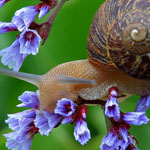 How do I keep pests away from your vegetable garden? – There are various kinds of pests you can encounter here in Arizona. Some will need professional removal, such as venomous snakes or scorpions. Contact a licensed professional that has the training and right equipment to remove such pests. For the rest of the insects and foraging animals you can use chicken wire or other types of fencing to keep them out. As for insects there are different kinds of sprays available at your local gardening shop.
How do I keep pests away from your vegetable garden? – There are various kinds of pests you can encounter here in Arizona. Some will need professional removal, such as venomous snakes or scorpions. Contact a licensed professional that has the training and right equipment to remove such pests. For the rest of the insects and foraging animals you can use chicken wire or other types of fencing to keep them out. As for insects there are different kinds of sprays available at your local gardening shop.





